Disclosure: This article contains affiliate links. We may earn a commission from purchases at no extra cost to you, which helps our travel content.
There's a certain poetry to cities that rise from their own ashes—a resilience that reminds me of the ancient tea farms I visited in Yunnan, where centuries-old trees survived droughts and fires only to produce more complex, character-rich leaves afterward. Detroit, America's legendary Motor City, embodies this same phoenix-like quality. Having witnessed its evolution over multiple visits spanning two decades, I can attest that Detroit's cultural renaissance isn't merely happening—it's already transformed the city into one of North America's most fascinating urban destinations.
The Canvas of Detroit: Street Art & Museum Culture
Detroit's visual transformation begins on its walls. The city has embraced large-scale murals and street art in a way few American metropolises have dared, turning entire building facades into canvases for social commentary and beauty. In Eastern Market, Detroit's historic commercial district, more than 100 murals have transformed utilitarian brick walls into one of the most photographed art walks in the Midwest.
But the city's artistic soul extends far beyond its streets. The Detroit Institute of Arts houses one of America's most significant collections, including Diego Rivera's 'Detroit Industry' murals—a monumental fresco cycle that celebrates the city's manufacturing heritage while questioning industrialization's human cost. I spent three hours mesmerized by these walls alone, my appreciation deepened by the audio guide that contextualizes Rivera's complex symbolism.
For a more contemporary experience, the Museum of Contemporary Art Detroit (MOCAD) occupies a former auto dealership—a perfect metaphor for the city's transformation—and showcases cutting-edge installations that often interact with Detroit's social and economic narratives.
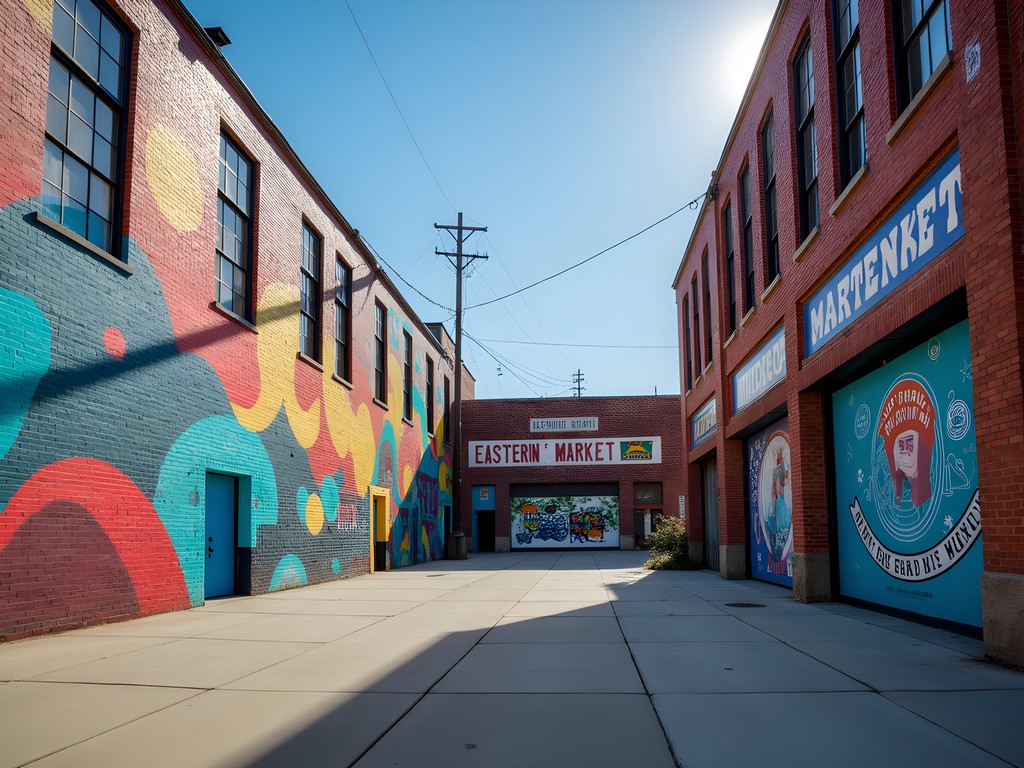
💡 Pro Tips
- Visit Eastern Market on Saturdays when the art tours run alongside the bustling farmers market
- The DIA offers free admission for residents of Wayne, Oakland, and Macomb counties—bring ID if you qualify
- Download the Detroit Mural Map app before exploring to create your own self-guided tour
Motown to Techno: Detroit's Musical Highways
Detroit's contribution to global music cannot be overstated. As someone who maps cultural experiences like I once charted mountain routes, I find Detroit's musical landscape offers similarly rewarding exploration. The Motown Museum—'Hitsville U.S.A.'—stands as the birthplace of a sound that defined American culture, where visitors can stand in the exact studio where Marvin Gaye, Stevie Wonder, and The Supremes recorded their iconic tracks. I was particularly moved by Studio A's modest size—proof that greatness requires neither excess space nor equipment, but rather vision and soul.
What many visitors don't realize is that Detroit also birthed techno music in the 1980s, creating an electronic sound that would eventually transform nightlife worldwide. For those interested in this legacy, a visit during the annual Movement Electronic Music Festival (typically held over Memorial Day weekend) is essential. I've attended twice, and the energy of thousands dancing along the Detroit River creates a communal experience unlike any other music festival I've witnessed globally.
For evening entertainment, I recommend Baker's Keyboard Lounge, the world's oldest operating jazz club. Sitting at the piano-shaped bar with a perfectly crafted Manhattan while listening to world-class musicians perform in such an intimate space represents Detroit at its finest. I always bring my portable cocktail kit to create similar experiences back at my hotel, inspired by the masterful mixology I've enjoyed throughout the city.

💡 Pro Tips
- Book Motown Museum tickets well in advance—they frequently sell out weeks ahead
- Visit Baker's Keyboard Lounge on weeknights for a more intimate experience with the same caliber of music
- Download the Detroit Jazz Festival app for year-round jazz events beyond the famous Labor Day weekend festival
Industrial Elegance: Architecture & Design
Detroit's architectural heritage stands as a testament to American prosperity, ambition, and resilience. The city's skyline presents a fascinating dialogue between Art Deco masterpieces and post-industrial repurposing. On my most recent visit, I booked a walking tour with Pure Detroit, whose knowledgeable guides illuminate the stories behind facades that might otherwise remain silent.
The Guardian Building, often called Detroit's Cathedral of Finance, features one of North America's most spectacular lobbies—a riot of Aztec-inspired mosaics, rare marbles, and custom Pewabic tiles that showcase Michigan's artisanal heritage. I always carry my light painting flashlight to illuminate architectural details that standard lighting might miss, especially in these ornate historic interiors.
For those fascinated by industrial design, the Ford Piquette Avenue Plant offers an intimate look at the birthplace of the Model T. Unlike the larger Henry Ford Museum complex (which is also exceptional), this preserved factory floor provides a more contemplative experience. Standing where automotive innovation changed human mobility forever offers perspective on how creative disruption shapes civilization—a theme Detroit continues to embody through its current renaissance.
Most compelling to me is how Detroit's abandoned spaces find new purpose. The Belt, an alleyway transformed into a cultural corridor, and the Dequindre Cut, a former railway line now serving as an urban greenway, demonstrate how industrial infrastructure can evolve to serve contemporary needs while honoring its origins—much like how traditional tea ceremonies adapt across generations while maintaining their essential character.
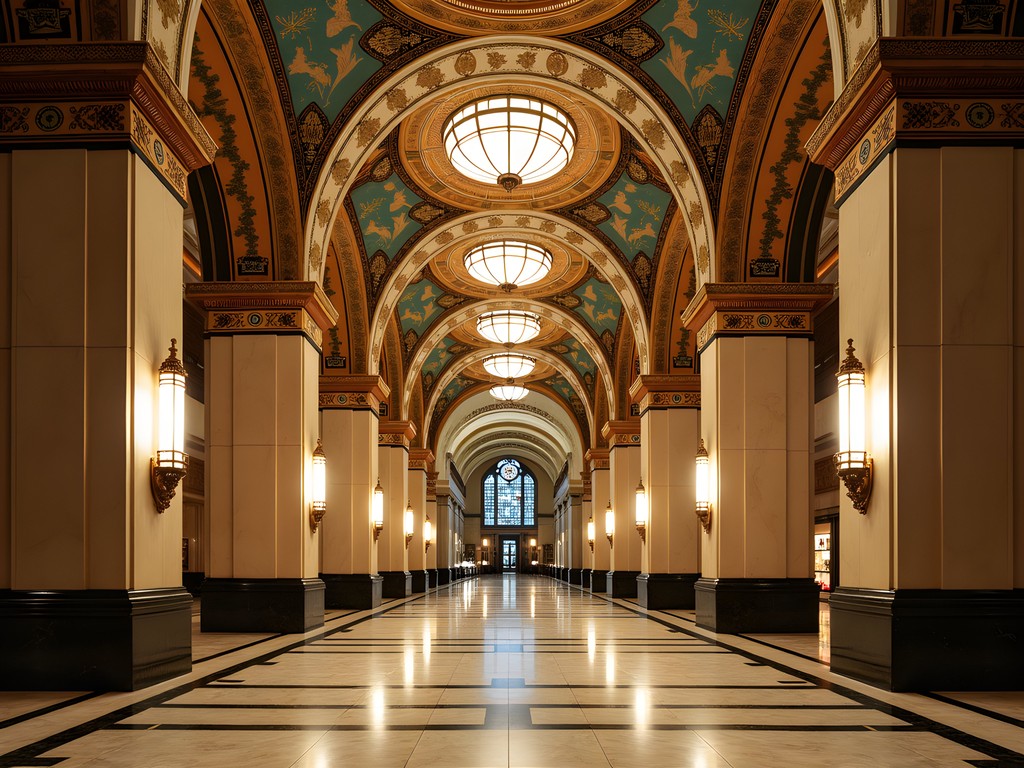
💡 Pro Tips
- The Guardian Building's lobby is free to visit during business hours—a hidden gem many tourists miss
- Book the 'Detroit's Rise, Fall and Renewal' tour with Pure Detroit for the most comprehensive architectural overview
- Visit the Fisher Building during weekdays when the magnificent arcade shops are open
Culinary Revival: From Food Halls to Fine Dining
Detroit's culinary scene mirrors its broader renaissance—rooted in tradition yet boldly innovative. The city's food story begins at Eastern Market, North America's largest historic public market, where Saturday mornings bring together farmers, artisans, and chefs. I make a point to arrive early with my insulated market tote to collect Michigan cherries, artisanal cheeses, and small-batch preserves while the market buzzes with authentic local energy.
The city's food hall movement offers a perfect entry point for visitors seeking variety. Detroit Shipping Company and Fort Street Galley showcase local culinary entrepreneurs in communal settings that encourage exploration. These incubators have launched several concepts that later expanded to standalone restaurants, allowing visitors to discover tomorrow's dining trends today.
For those seeking more refined experiences, Detroit's fine dining scene has matured impressively. Selden Standard pioneered the city's contemporary restaurant revival with its seasonal, wood-fired approach to New American cuisine. Their roasted bone marrow with preserved lemon reminds me of similar dishes I've enjoyed in Paris, yet with a distinctly Michigan sensibility through local ingredients.
Most fascinating to me is how Detroit's beverage culture celebrates craftsmanship. The city's cocktail renaissance at establishments like The Sugar House and Bad Luck Bar rivals scenes I've experienced in Tokyo and London, while Detroit's proximity to Michigan's agricultural bounty has fostered exceptional wineries and distilleries. I particularly recommend Two James Spirits in Corktown, Detroit's first licensed distillery since Prohibition, where the whiskey tasting flight experience offers insights into American craft spirits that rival my experiences at Japanese whisky distilleries.
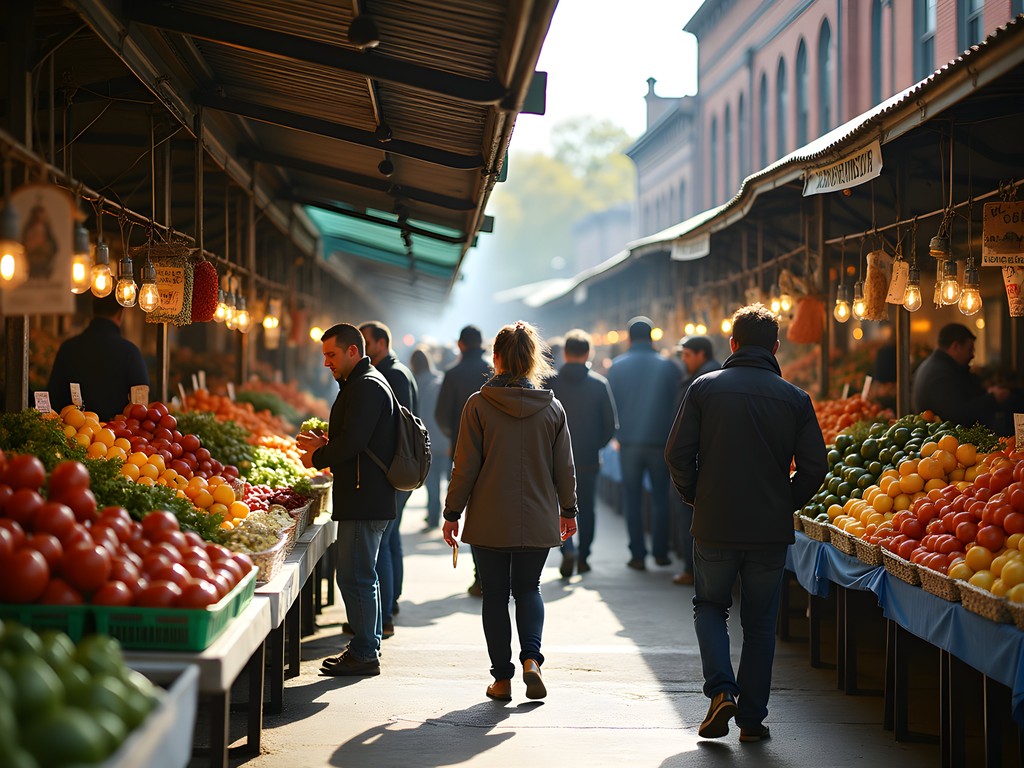
💡 Pro Tips
- Eastern Market is busiest from 7am-12pm on Saturdays—arrive by 8am for the best selection and fewer crowds
- Make reservations at Selden Standard at least two weeks in advance, especially for weekend dinner service
- Book the distillery tour at Two James Spirits online before visiting—they fill quickly during peak season
Innovation Incubators: Detroit's Creative Economy
Beyond its artistic and culinary evolution, Detroit has emerged as a laboratory for urban innovation. The city's abundance of affordable space has attracted entrepreneurs, designers, and makers who might be priced out of coastal creative hubs. This accessibility creates a democratic creative environment where ideas can develop with less financial pressure—a parallel I've observed in emerging tea regions that produce exceptional harvests without the premium pricing of established appellations.
Prentis Court in Midtown exemplifies this spirit, housing small-scale manufacturers and designers in a collaborative ecosystem. During my last visit, I purchased a handcrafted leather travel wallet from a local artisan whose workshop allows visitors to observe the creation process—a transparency rarely found in luxury goods production.
The innovation extends to hospitality concepts as well. Detroit Foundation Hotel, housed in the former Detroit Fire Department headquarters, preserves architectural heritage while creating thoroughly contemporary experiences. The property's podcast studio and artist-in-residence program demonstrate how modern luxury increasingly emphasizes cultural engagement rather than mere material opulence.
Most encouraging is how Detroit's innovation economy embraces social responsibility. Organizations like Ponyride provide workspace for socially-conscious businesses, while the Detroit Creative Corridor Center connects creative practitioners with opportunities throughout the region. This commitment to inclusive growth represents Detroit at its best—recognizing that true renaissance must lift all communities.
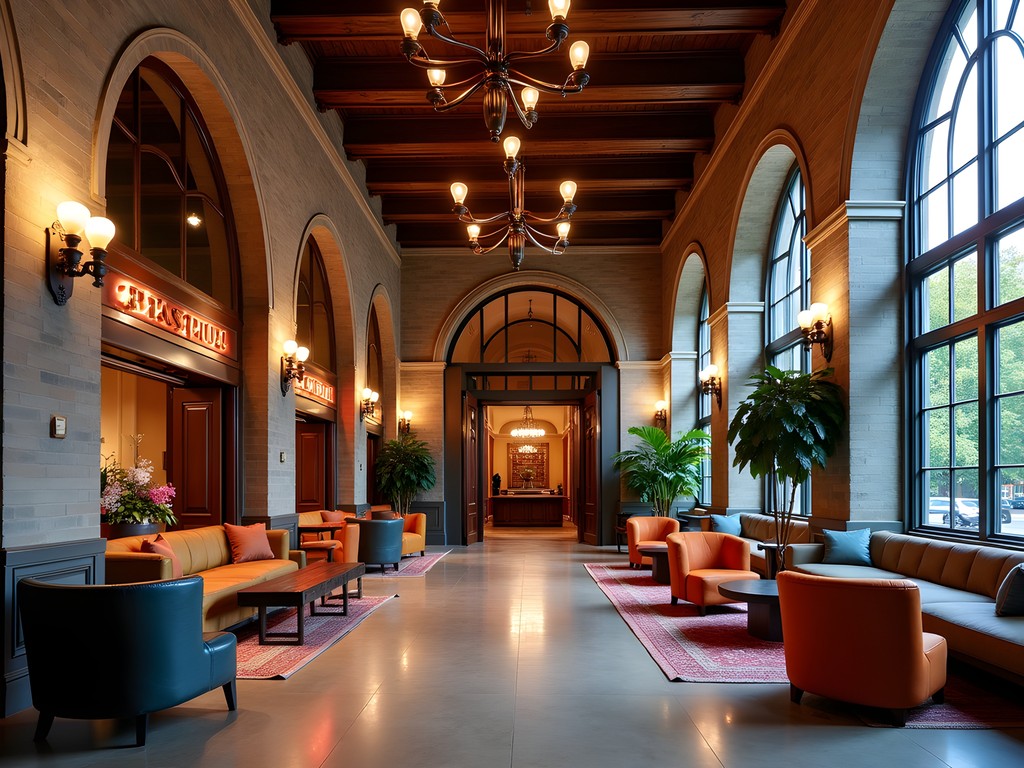
💡 Pro Tips
- Visit Ponyride during their monthly open house events to meet makers and purchase directly from designers
- Check the Detroit Foundation Hotel's events calendar for talks and performances by their artists-in-residence
- Eastern Market After Dark (held annually during Detroit Design Month) offers rare access to studios and workshops normally closed to the public
Final Thoughts
As I depart Detroit after each visit, I'm struck by how the city embodies what I most value about travel—authenticity that cannot be manufactured, creativity born from necessity, and a spirit that refuses simple categorization. Detroit doesn't offer the polished perfection that characterizes some luxury destinations, but instead provides something rarer: genuine transformation visible in real-time.
The city's renaissance teaches us that cultural rebirth doesn't erase history but rather builds upon it, finding new purpose in existing foundations. Like the finest oolong that reveals different character notes through multiple infusions, Detroit rewards those willing to return and witness its continuing evolution.
For couples seeking a weekend cultural immersion that combines world-class arts, innovative cuisine, and American historical significance, Detroit offers exceptional value and surprisingly intimate experiences. The city that once moved America forward through industrial might now does so through cultural reinvention—a journey worth witnessing firsthand. Comme on dit en français, 'Ce n'est pas la destination, c'est le voyage.' In Detroit's case, the destination and the journey are equally compelling.
✨ Key Takeaways
- Detroit offers world-class art experiences both in traditional museums and through its extensive public murals and street art
- The city's musical heritage spans from Motown to techno, with venues that connect visitors to this living history
- Architectural treasures from Detroit's industrial golden age have been preserved and repurposed for contemporary use
- The culinary scene balances innovation with accessibility, from food halls to fine dining
- Detroit's creative economy demonstrates how cities can reinvent themselves through cultural entrepreneurship
📋 Practical Information
Best Time to Visit
May through October offers the most pleasant weather and outdoor events
Budget Estimate
$150-300 per day per couple (excluding accommodations)
Recommended Duration
3-4 days for a comprehensive experience
Difficulty Level
Easy

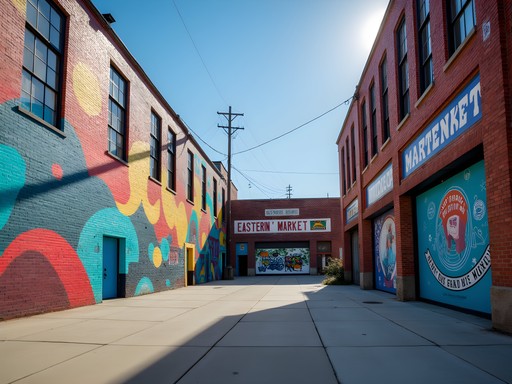
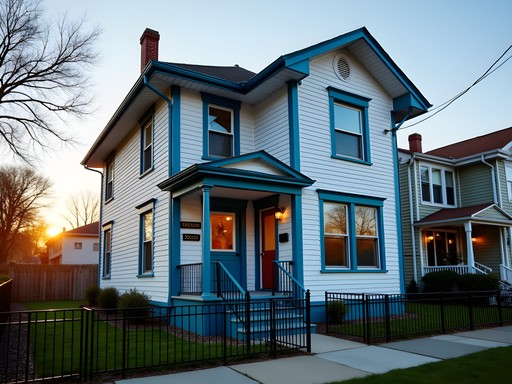
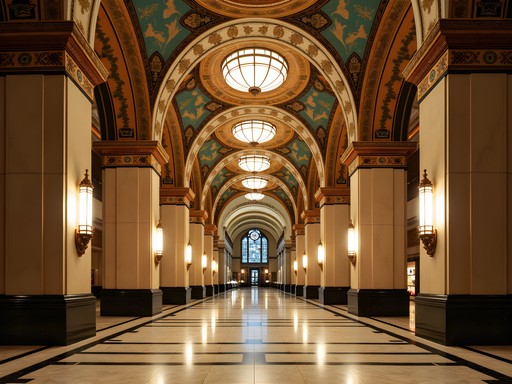
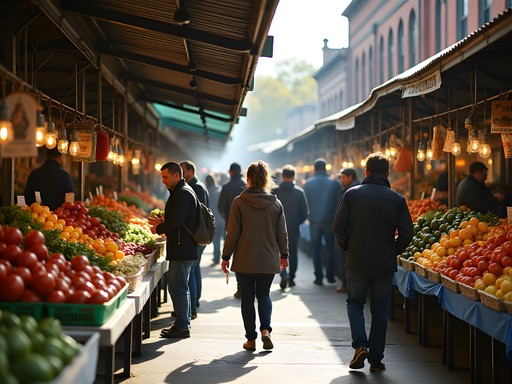
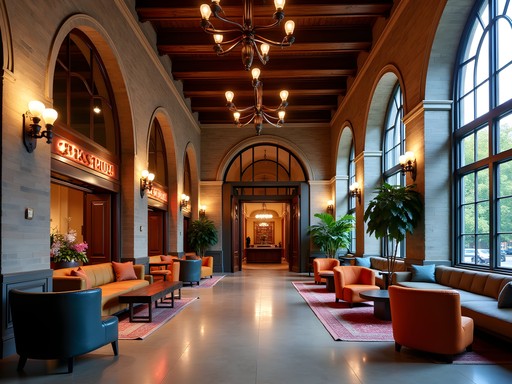



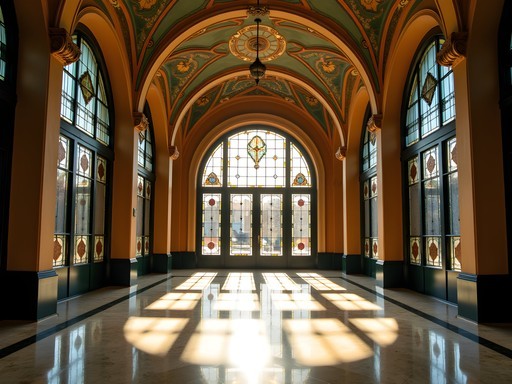






Comments
skylife
Anyone know if winter is a terrible time to visit? Thinking about a January trip but worried everything will be closed or too cold to enjoy the street art.
Tyler Lee
Detroit winters are pretty harsh, but the museum scene, restaurants, and music venues are all still great in winter. Eastern Market still runs on Saturdays year-round too. Just bundle up if you want to see outdoor art!
artlover22
Planning a weekend trip focused on art galleries. Any specific spots beyond the DIA that you'd recommend?
Tyler Lee
Definitely check out MOCAD (Museum of Contemporary Art Detroit), N'Namdi Center for Contemporary Art, and Library Street Collective. The Belt alley is full of murals and connects to several galleries. If you're there on a Second Saturday, hit up the Cass Corridor galleries - many have open houses!
springzone
Just visited Detroit last weekend after reading this post! The DIA was amazing and we stumbled upon a jazz performance at Cliff Bell's that blew us away. Also, the food scene is legit - had incredible ramen at Ima. Thanks for the inspiration Tyler!
road_trip_queen
Just got back from Detroit last week and your post is spot on! The Heidelberg Project blew my mind - it's like nothing I've seen anywhere else. We also stumbled upon a pop-up jazz performance at the Fisher Building which was magical. One tip for foodies: don't miss Buddy's for authentic Detroit-style pizza. The contrast between elegant architecture downtown and the creative repurposing in other neighborhoods really tells the story of the city.
wavelife
Buddy's is on my list! Did you try any other good restaurants?
road_trip_queen
Yes! Selden Standard was amazing for small plates, and we had a great breakfast at Rose's Fine Food. The Detroit Shipping Company food hall is perfect if you're with people who want different options.
sunnymaster8602
How's public transportation there? Can you get around without renting a car?
coolexplorer
Just got back and honestly, you'll want a car. The Q-Line streetcar is good for a small stretch of Woodward Ave but doesn't cover much. I used Uber a lot.
Gregory Boyd
Detroit represents a fascinating case study in urban renewal. Having visited three times over the past decade, I've documented its evolution first-hand. The Detroit Institute of Arts remains one of North America's most underrated museums - the Diego Rivera murals alone justify a visit. For those interested in the city's transformation, I recommend taking a tour with Detroit Experience Factory - their guides provide excellent historical context about both the decline and revival. The Heidelberg Project also offers a compelling perspective on how art can transform neighborhoods. What struck me most was how the locals have embraced urban agriculture in vacant lots - truly innovative approaches to urban challenges.
oceanhero
Is Detroit safe for solo travelers? I've heard mixed things but your post makes me want to visit!
Tyler Lee
Like any major city, it depends on where you go. Downtown, Midtown, Corktown are all perfectly fine for solo travelers. Just use normal city awareness. The cultural districts are well-populated and I felt completely comfortable exploring during the day and evening.
skylife
I went solo last year and felt totally safe in the main areas Tyler mentioned. Just don't wander into random abandoned neighborhoods and you'll be fine!
Casey Andersson
Tyler, you've captured the spirit of Detroit beautifully! I visited last summer and was blown away by Eastern Market - those murals are incredible. The juxtaposition of industrial decay and artistic rebirth makes for such compelling photography. Had an amazing dinner at Grey Ghost too - their dry-aged duck was divine. Detroit reminds me of how Wellington was transforming about a decade ago, but with its own unique industrial soul. Did you check out any of the techno clubs? That scene is legendary!
Tyler Lee
Thanks Casey! I did hit up Marble Bar one night - incredible sound system and such a diverse crowd. Detroit's techno scene really lives up to the hype. Grey Ghost was on my list but I ran out of nights! Next time for sure.
coolexplorer
This is exactly what I needed! Heading to Detroit next month and was worried it was all abandoned buildings. The art scene sounds incredible!
midwest_explorer
Those street art photos are incredible! Eastern Market is such a vibe.
Venture X
Premium card with 2X miles, $300 travel credit, Priority Pass